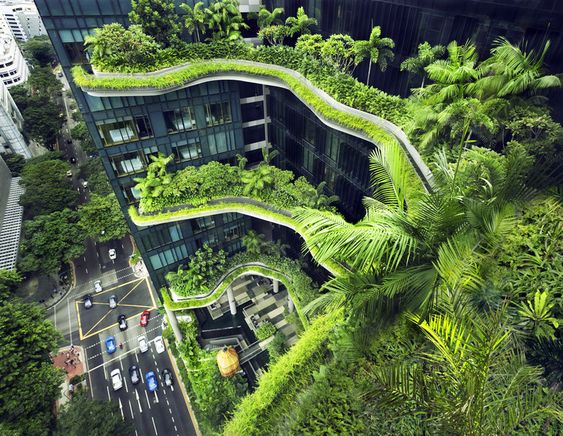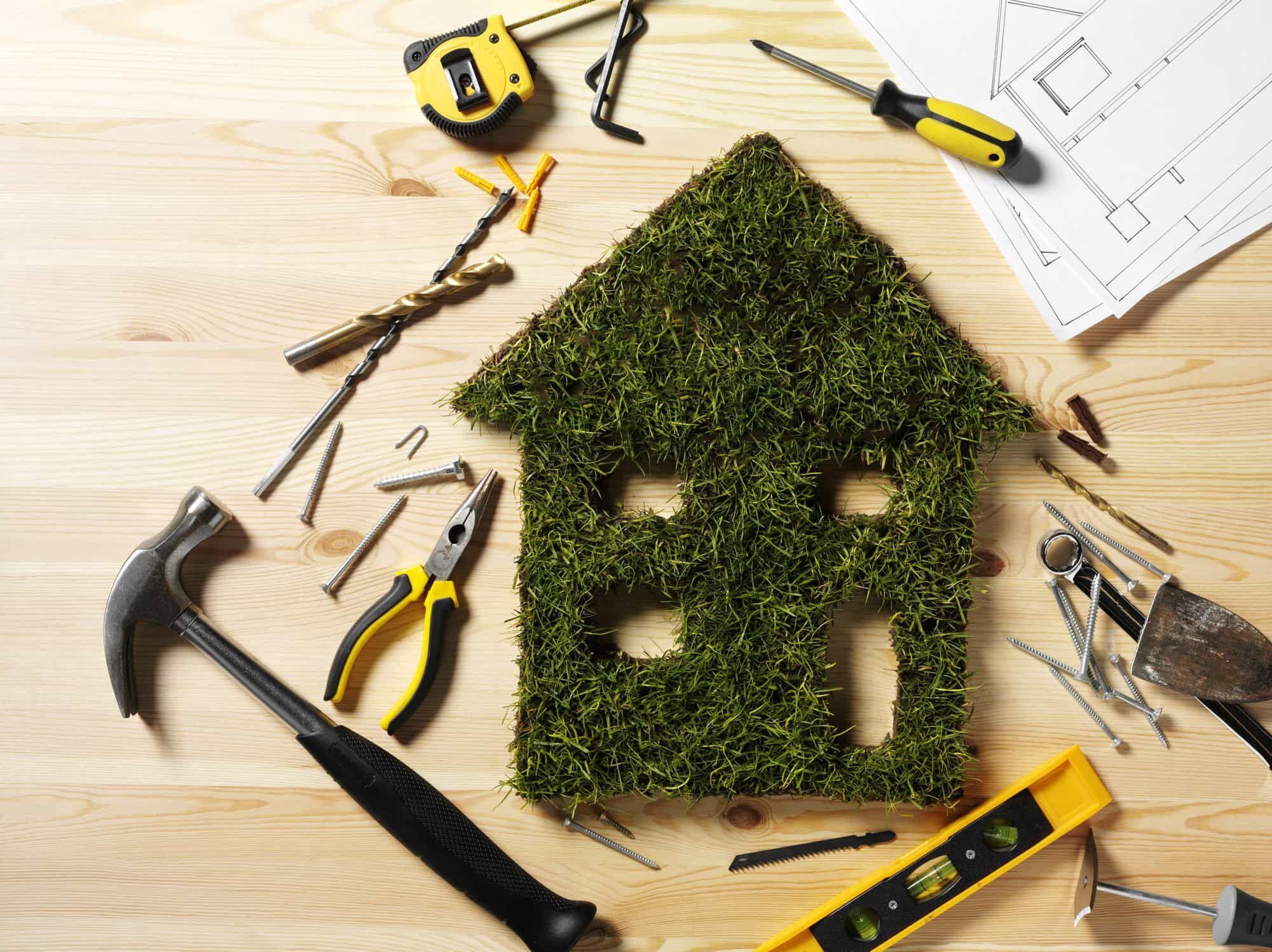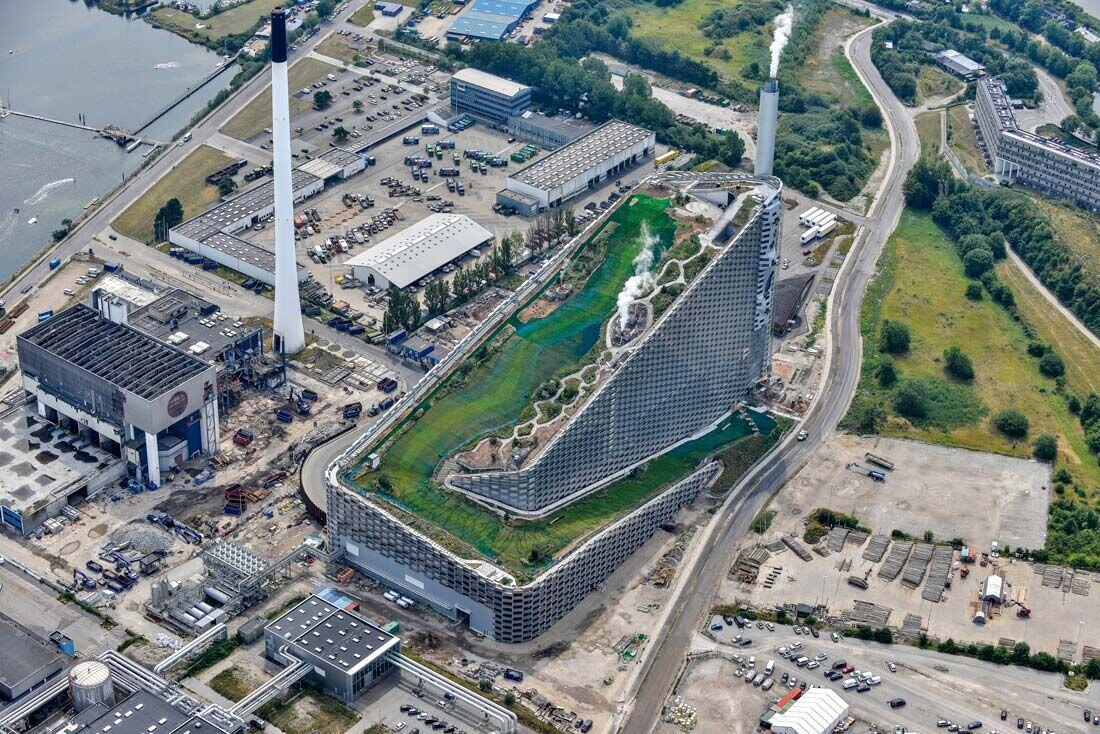India’s Commitment to Sustainable Development and Growth: G20 Summit 2023
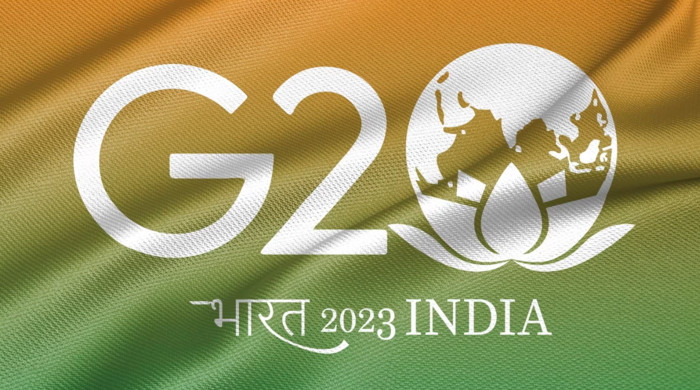
Table of Contents
The G20 Summit 2023 is an annual international forum composed of 19 countries across the world and the European Union. The G20 (Group of Twenty) summit represents a diverse group of nations where leaders from prime economies gather to address pressing global issues. The primary aim of the Summit is to foster cooperation and dialogue on issues pertaining to economic growth, international trade development, financial stability, and other significant matters that affect the world.
The member countries include Argentina, Australia, Brazil, Canada, China, France, Germany, India, Indonesia, Italy, Japan, Mexico, Russia, Saudi Arabia, South Africa, South Korea, Turkey, the United Kingdom, and the United States. These countries collectively account for about 80% of global GDP, represent two-thirds of the world's population, and occupy 60% of the land area.
History and Timeline of the G20 Summit

First initiated in 1999, the G20 Summit emerged as a response to the prolonged global financial crisis of the 1990s. The Summit commenced with the idea of creating a more inclusive and engaging representative platform for global economic cooperation. Originally organized as a meeting of finance ministers and central bank governors from the world’s major countries, the Summit was intended to focus on global economic growth.
Recognizing the need to involve the “heads of state” in discussions of global economic issues, the G20 Leaders' Summit was formally established in 2008. The inaugural G20 Leaders' Summit took place in Washington, D.C., in response to the global financial crisis. Since then, the G20 Summit 2023 has become an annual event, with each edition hosted by a different member country.

Let’s have a look at a brief timeline of the G20 Summit and its agendas through the years.
| Year | Location | Agenda |
| 2008 | Washington, USA | Addressing the global financial crisis |
| 2009 | London, UK | Global economic recovery and financial market reform |
| 2010 | Seoul. South Korea | Global imbalances and financial regulation |
| 2011 | Cannes, France | Trade and reform of international institutions |
| 2012 | Los Cabos, Mexico | Promote stability amongst global economic challenges |
| 2013 | St. Petersburg, Russia | Sustainable development and financial regulation |
| 2014 | Brisbane, Australia | Promoting strong, sustainable balanced growth |
| 2015 | Antalya, Turkey | Inclusive and robust growth, investment strategies |
| 2016 | Hangzhou, China | Innovation, structural reform & sustainable development |
| 2017 | Hamburg, Germany | International trade, climate change, and governance |
| 2018 | Buenos Aires, Argentina | Digitalization and infrastructure management |
| 2019 | Osaka, Japan | Global economic risks, trade, and digital economy |
| 2020 | Riyadh, Saudi Arabia | Global response to COVID-19 pandemic and its economic impact |
| 2021 | Rome, Italy | Post-pandemic recovery, climate change, and sustainable development |
| 2022 | Bali, Indonesia | Economic recovery, sustainable development, and international cooperation |
| 2023 | New Delhi, India | Achieving well-being for all and sustainable growth |
India and the G20 Summit 2023

The G20 Summit 2023 will be held at the International Exhibition-Convention Centre, Pragati Maidan, New Delhi as a two-day event on the 9th and 10th of September. As the president of the G20 Summit 2023, India is expected to lead and shape the discussions and outcomes of the summit. Given its geopolitical importance, fast-growing economy, and exponential population growth, India aims to work towards people, planet, and prosperity.
The key areas of discussion at the Summit will include renewable energy, sustainable development, digitalization, affordable healthcare, multilateralism, trade and investment, agriculture, education, employment and skilling, women's leadership, anti-corruption, and financial inclusion.
How Can the Architecture, Engineering and Construction (AEC) Industry Contribute to Fostering Sustainable Development?

The AEC industry plays a significant role in promoting sustainability by incorporating green practices into the design, construction, and operation of buildings and infrastructure. Architects, engineers, and developers can minimize the environmental impact of their buildings, conserve resources, and enhance the well-being of communities.
By incorporating energy-efficient systems, utilizing sustainable materials, and implementing innovative technologies, the AEC industry can create structures with a reduced carbon footprint. Additionally, the industry can help achieve sustainability by considering the long-term impacts of their projects, such as resilience to climate change, adaptability, and lifecycle performance.
Further, the integration of sustainable design principles, such as passive design strategies, renewable energy systems, water management techniques, and efficient waste management practices can aid in achieving sustainable environments.
Read: Sustainable Architecture: Everything you need to know
How Can Building Information Modeling (BIM) Aid the Creation of Green Buildings to Achieve Sustainability?

New-age technologies are redefining the way we live and work. Tools and processes such as BIM are at the forefront of the Architecture, Engineering, and Construction (AEC) industry shaping a resilient and stronger infrastructure for tomorrow.
1. What is BIM?
Building Information Modeling (BIM) is a digital representation of the physical and functional characteristics of a building. The process involves creating and managing a 3D model that incorporates various data elements related to the project, including geometry, materials, spatial relationships, and performance attributes.
2. How is BIM Beneficial?
A BIM model serves as a collaborative tool for architects, engineers, contractors, and other stakeholders involved in the design, construction, and operation of the building. BIM allows for better visualization, coordination, and analysis of the project, leading to improved efficiency, accuracy, and communication throughout the entire lifecycle of the building.
Also Read: Uncovering the Significant Role of BIM in Constructing the Fehmarnbelt Tunnel
3. How to Build Green with BIM?
BIM processes support sustainable design, construction, and operation practices through a tech-first approach. BIM software and tools enable energy analysis and simulation, allowing professionals to assess the performance of a building and optimize its design for energy efficiency. This includes analyzing factors such as insulation, lighting, heating, ventilation, and air conditioning systems.
Additionally, BIM helps in material selection by providing information about the environmental impact of various materials, enabling designers to choose sustainable and eco-friendly options. It can also assist in waste reduction by optimizing material quantities and facilitating waste management planning. Additionally, BIM technology supports the integration of renewable energy systems into building designs, such as solar panels or wind turbines.
Lastly, BIM technology aids in the ongoing monitoring and maintenance of green buildings by providing data on energy consumption, water usage, and overall performance, allowing continuous improvement and optimization.
India’s Key Focus Areas for Sustainable Built Environments

Stepping into the 21st Century, India has been at the forefront of undertaking environment-conscious actions to enhance people’s livelihood and create a healthier economy. Mentioned below are the three fundamental agendas that India is primarily directing its efforts towards.
1. People: Improving the Quality of Life
India recognizes the importance of improving the quality of life for all its citizens. A crucial aspect of this focus lies in the promotion of green building designs. Green buildings, with their energy-efficient design, utilization of sustainable materials, and integration of renewable energy sources, contribute to better living conditions. They create healthy indoor air quality, comfortable thermal conditions, and reduced noise pollution. By prioritizing green buildings, India aims to enhance residents' well-being, ensuring healthier and more comfortable living spaces for all.
Read: How is BIM Used in Urban Planning in 2023?
2. Planet: Addressing Climate Change
The G20 summit 2023 acknowledges the urgent need to address climate change and reduce greenhouse gas emissions. India, as a signatory to the Paris Agreement, is committed to combating climate change. Green buildings play a significant role in this effort. By reducing energy consumption and carbon emissions through energy-efficient design, green buildings contribute to the global fight against climate change. They minimize the environmental footprint of the built environment and promote sustainable practices that align with India's commitment to reducing carbon emissions and transitioning to a low-carbon economy.
3. Prosperity: Sustainable and Inclusive Economic Growth
The G20 summit 2023 emphasizes sustainable and inclusive economic growth. In this regard, India recognizes the economic advantages of adopting Building Information Modeling (BIM) technologies in the Architecture, Engineering, and Construction (AEC) industry. BIM enables construction efficiency, waste reduction, and optimal resource management. By streamlining project coordination and facilitating data-driven decision-making, BIM enhances construction productivity and project outcomes. Additionally, green buildings offer economic benefits, such as reduced operating costs, increased productivity, and improved occupant satisfaction.
How Does India Plan to Build Sustainable Communities?
Over the past years, India has employed multiple policymaking and infrastructure schemes to address environmental concerns. Let’s have a look at the most promising initiatives that the country has undertaken to contribute its bit to building sustainable communities.
Read: Green Building Standards and Certifications: Building The Best with Green
1. Indian Green Building Council (IGBC)

The Indian Green Building Council (IGBC) is at the forefront of promoting green building initiatives in India. As a part of the Confederation of Indian Industry (CII), IGBC plays a pivotal role in driving sustainable construction practices across the country. The organization offers various green building certifications, including the IGBC Green Homes, IGBC Green Factory, and IGBC Green Cities. These certifications assess and recognize buildings that meet the highest standards of environmental sustainability, energy efficiency, water conservation, and occupant health.
2. Leadership in Energy and Environmental Design (LEED)

LEED, developed by the United States Green Building Council (USGBC), is a globally recognized green building certification system. In India, LEED certification is administered by the Indian Green Building Council (IGBC). LEED sets stringent standards for energy efficiency, water conservation, indoor environmental quality, and sustainable site development. Buildings such as the Suzlon One Earth Campus in Pune have achieved LEED Platinum certification, the highest in the rating system, showcasing their commitment to reducing their environmental footprint.
Read more: 15 Best Green Building Projects Around the World
3. Green Rating for Integrated Habitat Assessment (GRIHA)

GRIHA, developed by The Energy and Resources Institute (TERI), is India's national green building rating system. GRIHA certification evaluates the environmental performance of buildings based on parameters such as energy efficiency, water management, waste management, and sustainable materials. It promotes sustainable practices and helps architects, designers, and developers integrate environmentally responsible features into their projects.
4. Energy Conservation Building Code (ECBC)

The Energy Conservation Building Code is an integral part of India's National Building Code (NBC). ECBC sets energy efficiency standards for commercial buildings and encourages the adoption of energy-efficient design, equipment, and systems. By focusing on aspects such as building envelopes, lighting, heating, ventilation, air conditioning, and electrical systems, ECBC ensures reduced energy consumption and improved building performance.
5. Smart Cities Mission (SCM)

India's Smart Cities Mission aims to develop sustainable and livable cities. Under this initiative, multiple cities across the country are incorporating green building practices into their urban infrastructure projects. These projects emphasize energy efficiency, water conservation, waste management, and the integration of renewable energy sources. By adopting sustainable practices, these cities are setting examples for future urban development.
Read: Singapore: World's Smartest City - A Model for Urban Transformation
6. Net Zero Energy Buildings (NZEBs)

India is embracing the concept of Net Zero Energy Buildings, which strive to generate as much energy as they consume over a year. NZEBs combine energy-efficient design, on-site renewable energy generation, and advanced technologies to achieve a net-zero energy balance. The Indian government has set targets for the construction of NZEBs and encourages their adoption through policy incentives and awareness programs.
7. Green Pro Certification

The Green Pro Certification program, developed by the Confederation of Indian Industry (CII), promotes green building practices in the construction industry. It offers certification for professionals involved in green building design, construction, and operation. Green Pro-certified professionals possess the knowledge and skills required to implement sustainable practices effectively.
8. Energy Efficiency Services Limited (EESL) Initiatives

EESL, a government entity, has initiated various programs to promote energy efficiency in buildings. These programs include the deployment of energy-efficient appliances, retrofitting of government buildings with energy-efficient technologies, and energy performance contracting. Through these initiatives, EESL is driving energy conservation and encouraging sustainable building operations.
Read: Introduction to Building Energy Analysis: A Comprehensive Guide (2023)
9. BIM Adoption in Public Sector Projects

Recognizing the transformative potential of BIM, the Indian government has made it mandatory for large-scale infrastructure projects, including highways, railways, and airports, to utilize BIM technology. By mandating BIM adoption, India aims to improve project coordination, reduce costs, minimize delays, and enhance the overall quality of construction. The government's proactive approach to promoting BIM implementation demonstrates its commitment to harnessing digital technologies for more streamlined and sustainable public sector projects.
Read: Why Is the Government of India Pushing BIM for All Public Projects?
In Conclusion
India's commitment to holistic sustainable development in the light of the G20 Summit 2023 is exemplified through its focus on green buildings and adoption of cutting-edge technologies such as BIM. As an emerging global leader with immense manpower, India has the potential to pivot the world toward a healthier and more resilient future.
If you are interested to learn more about tech-integrated sustainable design, check out the BIM Professional Course offered by Novatr. By enrolling for the course, you can master 7+ BIM software and industry workflows, learn from industry stalwarts, and work on a capstone project to hone your skills. Explore the course today.

 Thanks for connecting!
Thanks for connecting!

.png)

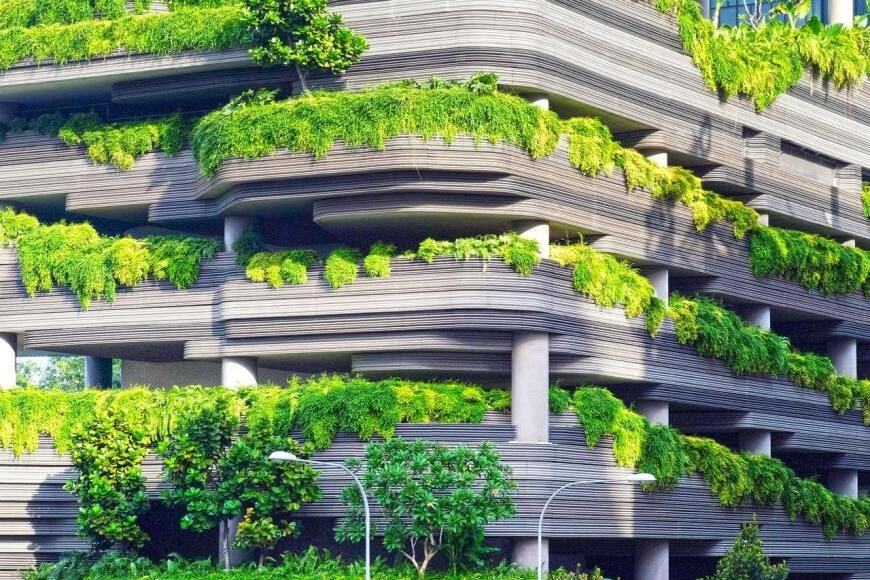
-1.png)
